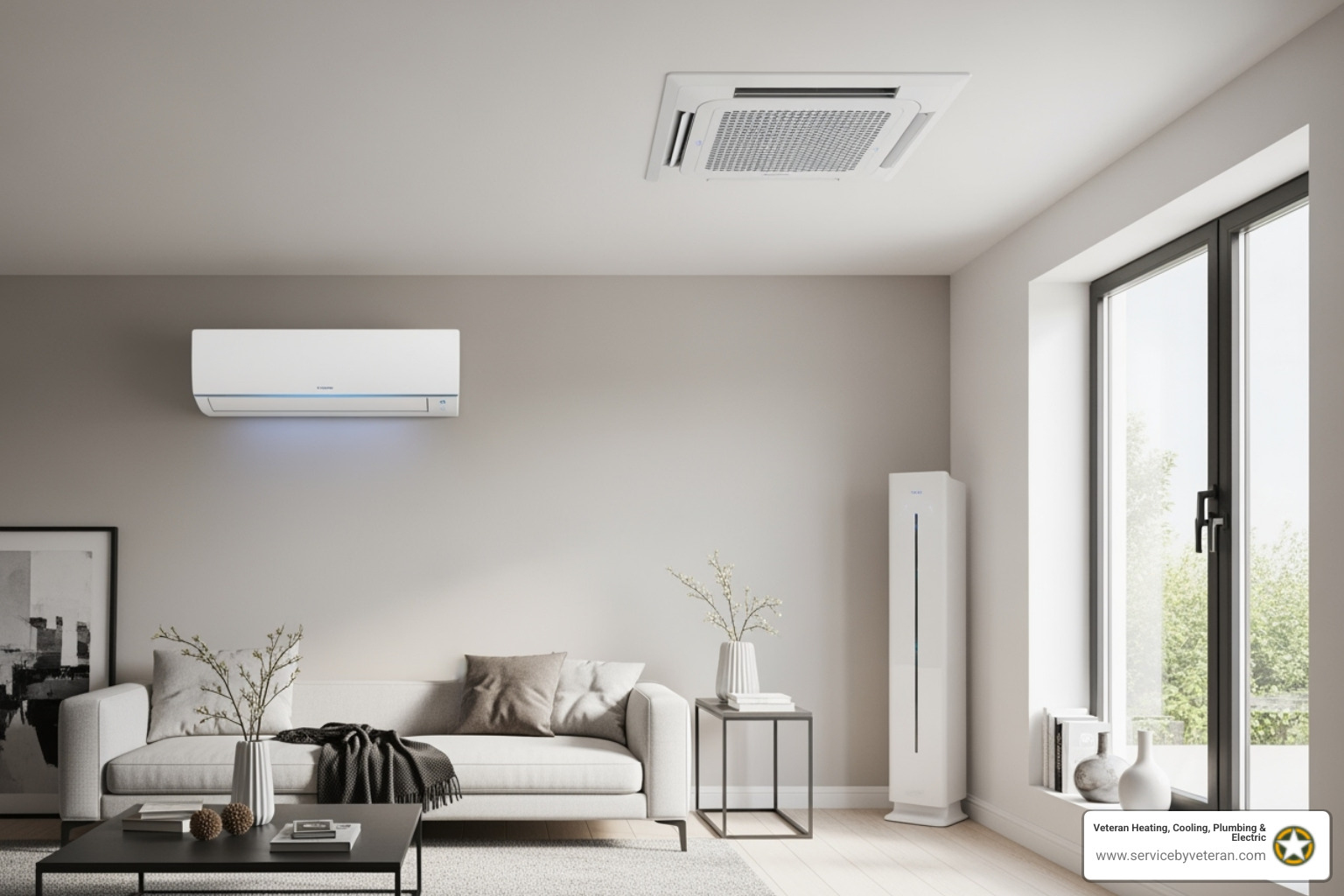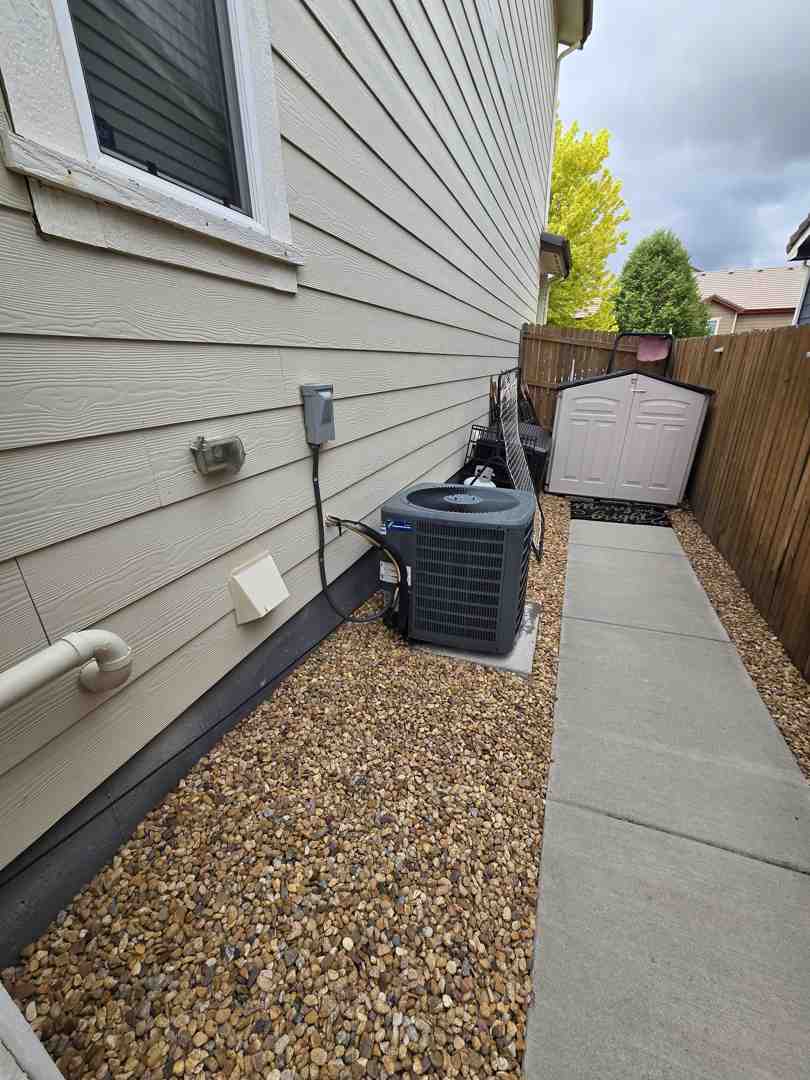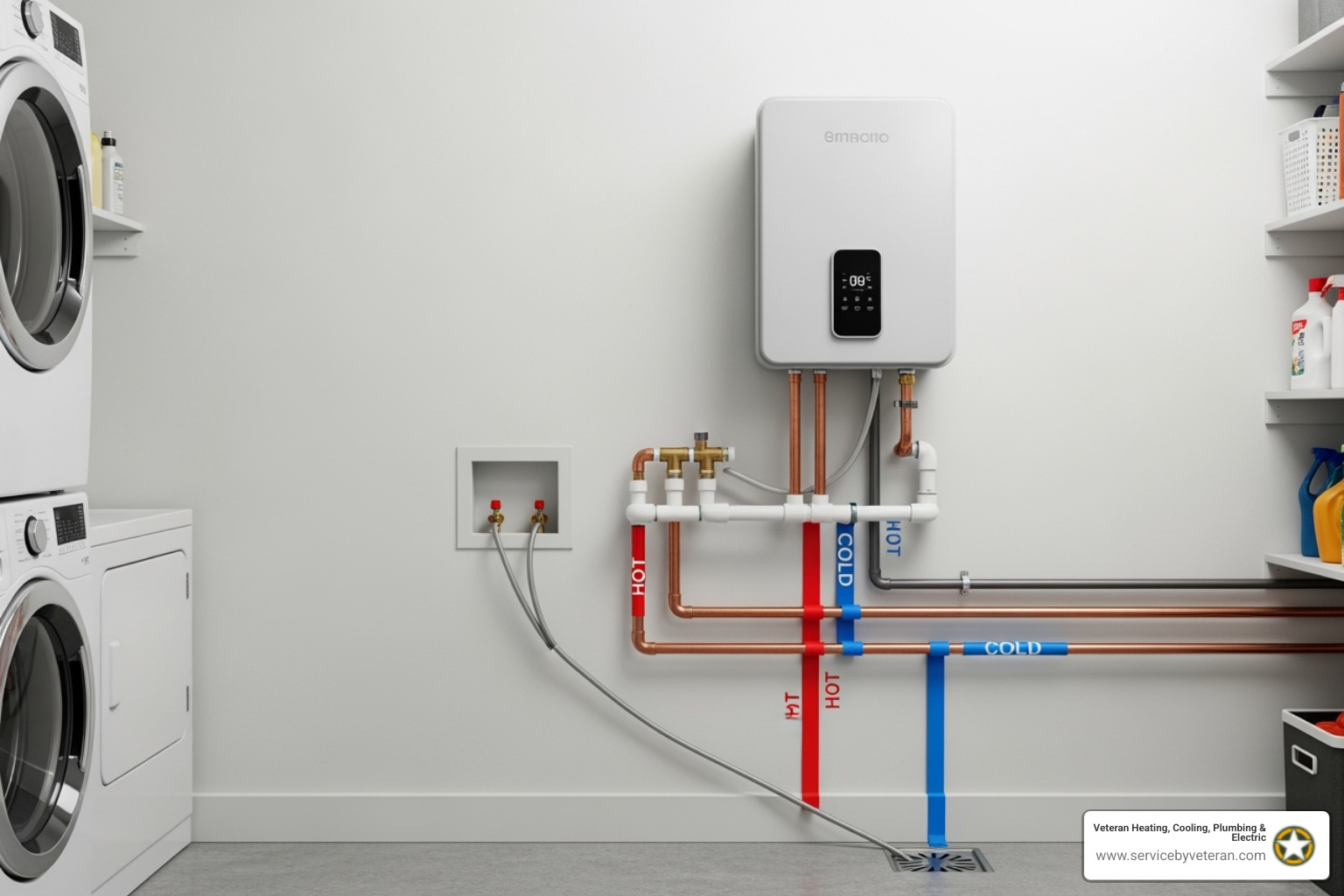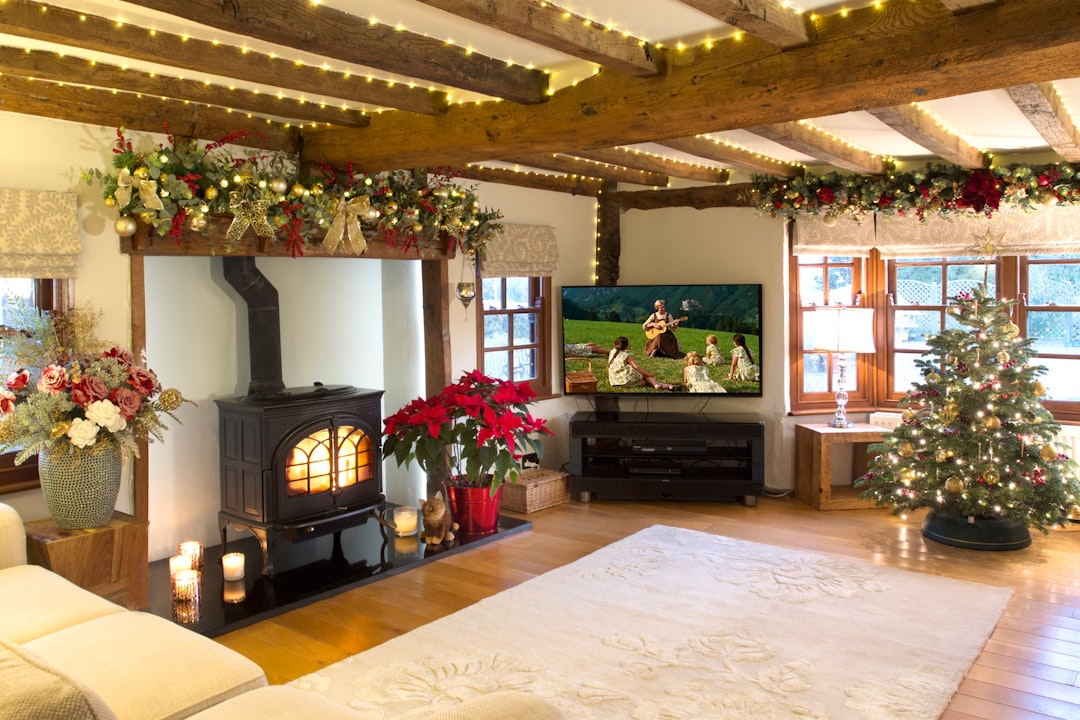Understanding Mini Split Installation Costs: What Denver Homeowners Need to Know
If you're weighing whether a ductless mini split is worth it, understanding installation costs is the first step. Prices can vary widely based on your home's size, the number of rooms you want to condition, and the system's efficiency.
Quick Cost Overview (2025 Estimates)
According to Forbes Home and HomeGuide, mini split installation costs range from $2,500 to $15,000+, depending on system size and complexity.
Here’s what most homeowners can expect to pay:
- Single-Zone System (1 indoor unit): $2,500 – $6,000
- Dual-Zone System (2 indoor units): $4,500 – $8,000
- Three-Zone System (3 indoor units): $6,500 – $11,000
- Four-Zone System (4 indoor units): $8,000 – $12,000
- Five-Zone System (5 indoor units): $10,000 – $15,000+
In Denver, regional data from UniColorado and Vectra Mechanical show that installations often start around $5,000–$7,000 and can exceed $20,000 for large or complex systems, especially cold-climate models.
What Drives Mini Split Installation Costs
Several key factors determine your final price:
- System Size (BTU Capacity):
Mini splits are sized by BTUs (6,000–60,000). Expect about 20–60 BTUs per square foot of space. A single 12,000 BTU (1-ton) unit typically costs $3,500–$5,000 installed, while a full 60,000 BTU multi-zone setup can reach $15,000–$18,000. - Number of Zones:
Each zone (indoor unit) adds $1,000–$3,000, covering the equipment, lines, and labor. More zones = higher cost, but also more control and efficiency. - Unit Type:
- Wall-Mounted: $2,500–$5,000
- Ceiling Cassette: $3,500–$6,000
- Floor-Mounted: $3,000–$5,000
- Concealed Duct: $4,000–$7,500
- Labor and Electrical Work:
Labor is often 30–50% of your total cost. For Denver-area homes, expect $1,200–$3,500 for single-zone systems and $2,500–$6,000+ for multi-zone setups, depending on complexity and electrical upgrades. - Permits and Add-Ons:
- Permits: $200–$500
- Electrical upgrades: $500–$1,500
- Wall or ceiling modifications: $200–$600
- Old system removal: $80–$150
Mini splits provide precise temperature control for individual rooms, making them a great alternative to central air, especially for homes without ductwork. With a wide price range, understand what drives these costs.
I'm Mike Townsend, and I lead this veteran-owned HVAC company. My experience helping Denver homeowners, combined with a military background in precision cooling systems, gives me a unique insight into cost-effective and successful mini split installations.

Breaking Down the Mini Split Installation Cost by Zones
Zones give you control. Each zone has its own indoor unit and thermostat, allowing for personalized climate control in different areas.
A single-zone system is the simplest setup, connecting one outdoor unit to one indoor unit. It's a budget-friendly way to control a specific area, typically costing $2,500 to $6,000 installed.
Dual-zone systems connect two indoor units to one outdoor unit, perfect for controlling two separate areas like a living room and master suite. The cost for dual-zone systems usually falls between $4,500 and $8,000.
Multi-zone systems (3-5 zones) offer whole-home comfort with independent temperature settings for each room. These comprehensive systems typically run from $6,500 to $15,000+.
Adding zones increases costs due to both equipment and labor. Each additional indoor unit adds $400 to $1,800, but the significant expense comes from the skilled labor required to run lines and mount each unit, adding to the total mini split installation cost.
Cost Difference Between Mini Split and Central Air
Homeowners often ask how mini split costs compare to central air. The answer depends on your home's existing setup.
Upfront costs for a new central AC system ($3,000-$7,000) can be lower if you have existing ductwork. However, if your home needs new ductwork, that can add $5,000 to $15,000, often making a mini split system more affordable.
Long-term energy savings favor mini splits. With SEER ratings up to 42 (compared to central air's ~26), they can lower energy bills by 30-40%. Zone control further improves savings by only conditioning occupied rooms.
Avoiding ductwork costs is a major benefit. Mini splits eliminate energy loss from leaky ducts (up to 30%), dust circulation, and the need for duct cleaning or repairs.
The bottom line: Mini splits are often the better financial choice for homes needing new ductwork. With existing ducts, the decision depends on your priorities for efficiency, comfort, and long-term costs.
For more details on all our heating and cooling options, check out our HVAC services. We're here to help you figure out what makes the most sense for your home and budget.
Key Factors That Influence Your Mini Split Installation Cost
Quotes for a mini split installation cost can vary by thousands. This is because the final price depends on several key factors, including system size, efficiency, unit type, and labor complexity. Let's break down how each of these impacts your investment.

System Size and BTU Capacity
BTU (British Thermal Unit) capacity measures a system's heating and cooling power. Getting the size right is critical. An undersized system struggles to keep up, while an oversized one short-cycles, wasting energy and causing uneven temperatures.
We recommend 20-60 BTUs per square foot, or roughly 12,000 BTUs for every 500-600 square feet, depending on factors like insulation and windows. Bigger systems cost more. A small 6,000 BTU unit might cost $2,500-$3,500 installed, while a powerful 60,000 BTU whole-home system can reach $15,000-$18,000.
A common 12,000 BTU single-zone system typically costs $3,500-$5,000 installed, while an 18,000 BTU unit for a larger space runs $4,500-$6,500. Proper sizing requires a professional calculation, not guesswork. For detailed sizing methodology, check out this resource: How to Size HVAC Systems Correctly.
Efficiency Ratings (SEER) and Their Price Impact
SEER (Seasonal Energy Efficiency Ratio) ratings measure a system's energy efficiency. A higher SEER means more cooling per dollar. While minimum requirements are around 14-15 SEER, many mini splits achieve ratings over 40.
High-SEER units have higher upfront costs ($500-$1,000 more than a base model), but they can cut your energy bills by 30-40%. In Colorado, these long-term energy bill savings often exceed the initial price difference over the system's 15-20 year lifespan. This efficiency comes from inverter technology, which allows the compressor to adjust its speed for greater efficiency, much like cruise control in a car.
Type of Indoor Unit
Your choice of indoor unit style affects both aesthetics and your mini split installation cost.
- Wall-mounted units are the most common and affordable, costing $2,500-$5,000 for a single-zone installation. They are straightforward to install high on a wall.
- Ceiling cassette units sit flush with the ceiling for a discreet look and provide 360-degree airflow. Installation is more complex, with costs ranging from $3,500-$6,000 for a single zone.
- Floor-mounted units sit low on the wall, similar to a radiator, and are ideal for rooms with sloped ceilings or limited wall space. A single-zone system costs $3,000-$5,000 installed.
- Concealed duct units are hidden in a ceiling or wall and use short duct runs to deliver air through small vents, mimicking central air. This complex option costs $4,000-$7,500 for a single-zone system.
Understanding Labor's Impact on Mini Split Installation Cost
The labor portion of your mini split installation cost varies based on your home's layout and the complexity of the job, which involves specialized electrical and refrigerant work.
Average labor costs range from $300-$2,000 for single-zone systems to $700-$5,000 for multi-zone setups. A single-zone installation time is typically 5-10 hours.
Several factors increase complexity and cost. Difficult access, such as installing a unit on a third floor, requires more time and equipment. Long refrigerant lines beyond the standard 15 feet add cost, typically around $5 per additional foot. Necessary electrical panel upgrades or significant wall modifications can also add several hundred to a few thousand dollars to the project.
The bottom line: Professional installation is crucial. Cutting corners leads to leaks, system failure, and voided warranties.
Beyond the Unit: Additional Costs and Long-Term Savings
When budgeting for your mini split installation cost, remember to account for additional fees and long-term ownership costs. While there are extra upfront expenses, the long-term savings often make a mini split a smart investment.

Essential Pre-Installation Work and Fees
Several pre-installation steps can add to your project cost. We discuss these with you upfront to avoid surprises.
- Permit costs are required in most Denver metro areas to ensure safety standards are met. They typically run $250-$400, and we handle the process for you.
- Electrical panel upgrades may be needed in older homes to safely handle the new system's load. This can add $500 to $1,500 to the cost.
- Wall modifications, such as creating an opening for a ceiling cassette, can add $200 to $600 to your mini split installation cost.
- Old system removal, such as window AC units, typically costs $80 to $150.
Long-Term Ownership: Maintenance and ROI
The long-term value of a mini split becomes clear through maintenance, savings, and return on investment.
Annual maintenance is key to efficiency and longevity, costing $75-$200 for a professional tune-up. Homeowners should also clean the filters every few months. Our Maintenance Plans can help keep your system in top shape.
Energy bill savings are significant. Most homeowners save 30-40% on heating and cooling costs, which helps pay back the initial mini split installation cost over the unit's lifespan.
Increased home value is another key benefit. A mini split is a major selling point, especially in older homes without ductwork, thanks to its efficiency and modern comfort.
Return on investment (ROI) comes from energy savings, avoided ductwork costs, and increased property value, making a mini split a smart financial decision.
Choosing the Right System & Professional for Your Home
Choosing the right mini split system and installer is crucial. A great system can be ruined by poor installation, so the professional you hire matters as much as the equipment.

Can a Mini Split Cool an Entire House?
Yes, a mini split system can absolutely cool an entire house when designed correctly.
Multi-zone systems are designed for whole-home coverage, using one outdoor unit connected to several indoor units. A 1,500 sq. ft. house might need 2-3 indoor units, while a 2,000 sq. ft. home may need 3-4 for even coverage.
Sizing for a whole house is complex. We calculate the needs for the entire home and size each indoor unit for its specific room, considering factors like insulation and windows. Proper sizing is crucial for comfort and efficiency.
Cost considerations for a full-home system range from $6,500 to $15,000+. While this seems high, it's often less than the $15,000-$25,000+ cost of installing a traditional ducted system in a home that lacks ductwork. For more detailed information, check out The HUD PATH Rehab Guide Volume 8: HVAC/Plumbing.
What to Look for in an HVAC Professional
When vetting installers for your mini split installation cost, look for these key qualifications:
- Licensed and insured: This is non-negotiable. It ensures the work is safe, up to code, and protects you from liability.
- Experience with mini-splits: These systems require specialized skills. Ask about their experience and manufacturer-specific training.
- Transparent pricing: A reputable contractor provides a detailed quote breaking down all costs. Be wary of vague estimates or high-pressure sales tactics.
- Positive customer reviews: Check reviews for consistent feedback on punctuality, quality, and communication.
- Certifications: Credentials like NATE (North American Technician Excellence) show a commitment to ongoing training and industry best practices.
- Emergency services: Choose a company that offers emergency support for peace of mind during extreme weather.
- Warranty coverage: A strong warranty on parts and labor shows confidence in the installation quality. We offer a lifetime warranty and a money-back guarantee.
As a veteran-led, locally owned company, we've built our reputation on trust and reliability. You can learn more about our commitment on our About Us page.
The Bottom Line
Mini splits aren’t cheap—but for many Denver homeowners, they’re the smarter long-term investment. They eliminate ductwork costs, provide zoned comfort, and can significantly lower energy bills.
Expect to spend:
- Around $3,000–$6,000 for small spaces
- $7,000–$12,000+ for multi-room homes
- Up to $20,000+ for large, cold-climate or complex setups
For homes without existing ducts, mini splits are typically the more cost-effective and energy-efficient choice.
Frequently Asked Questions about Mini Split Costs
Homeowners have many questions about the financial side of mini splits. Here are straight answers to the most common ones regarding mini split installation cost.
Are there ways to save money on mini-split installation?
Yes, there are several ways to manage your mini split installation cost without sacrificing quality.
- Getting multiple quotes from reputable contractors helps you compare options and ensure fair pricing.
- Rebates and incentives from utility companies and the federal government can often save you $500 to $1,500 or more. We can help you find available programs.
- Choosing energy-efficient models with higher SEER ratings costs more upfront but pays for itself through long-term energy savings.
- Timing your installation during the spring or fall (off-seasons) can sometimes lead to better pricing and availability.
We strongly advise against DIY installation. The work requires specialized tools and certifications. Fixing a failed DIY job often costs more than a professional installation, and it voids the warranty.
How long does a typical mini-split installation take?
Installation time varies by system complexity.
A single-zone installation typically takes 5 to 10 hours and is usually completed in a single day. Multi-zone systems take longer. A dual-zone system often takes a full day, while a larger 3-5 zone system may require two days.
Factors like long line runs, difficult unit placement, or unexpected electrical upgrades can extend the timeline. We provide a realistic schedule upfront.
Do mini-splits add value to a home?
Yes, mini splits can add significant value to your home, especially in certain situations.
- Appeal to buyers: A mini split is a modern, efficient upgrade that is highly attractive to buyers, especially in homes that previously lacked central AC.
- Comfort and control: Zone control is a major selling point, offering a level of personalized comfort that traditional systems can't match.
- Energy efficiency: In an era of rising utility costs, a high-efficiency HVAC system with low monthly bills is a strong competitive advantage when selling.
- Older homes without ductwork see the largest increase in value. Adding modern, efficient AC can make a property sell much faster.
While the exact ROI varies, you also get to enjoy superior comfort while you live there.
Conclusion: Making a Smart Investment in Your Home's Comfort
Understanding mini split installation cost means looking beyond the initial quote. As we've covered, your final investment depends on the number of zones, BTU capacity, indoor unit type, and installation complexity.
The long-term value of mini splits is clear. Their incredible energy efficiency and precise zone control can cut your heating and cooling bills by 30-40%, leading to significant savings over the system's lifespan.
For Denver-area homes without existing ductwork, mini splits provide modern climate control without the cost and mess of installing ducts. This upgrade also increases your home's value.
However, professional installation is everything. A top-tier system will fail if installed incorrectly. Improper techniques can lead to poor performance, system damage, and voided warranties, turning a smart investment into a costly mistake.
At Veteran Heating, Cooling, Plumbing & Electric, we've built our reputation on getting it right the first time. As a veteran-led, locally owned company, we stand by our work, which is why we back every installation with our lifetime warranty on parts and labor and our money-back guarantee.
Your home should be a comfortable retreat. Ready to get a clear, honest assessment for your home? Contact Us to discuss your project today. We'll provide a transparent quote with no hidden fees and help make your home as comfortable as it deserves to be.



